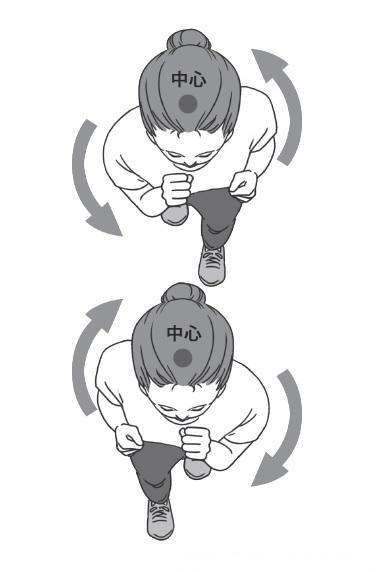Most lifestyle-related diseases can be improved through exercise, especially walking. Conventional thinking says that walking 8,000-10,000 steps a day is good for health. One study pointed out that after three months of walking 30 minutes a day, blood pressure dropped by 15 mm Hg. While it is clear that blood pressure does drop when walking regularly, its full potential is not realized in most situations, as the muscles used are usually limited to the legs.
From a health perspective, using the large leg muscles is very good. Leg movement promotes brain activation, which helps to improve learning and prevent dementia. Hence, walking is indeed good exercise. But the internal organs that are directly related to blood pressure are the heart and lungs, which are in the upper body. If the upper body does not also move, you will not see appreciable changes in your blood pressure.
Some people may think that walking can at least increase the number of heartbeats, and it is better than doing nothing. However, if your purpose is to lower blood pressure, or to avoid medicine to lower your blood pressure, the benefits of doing this with a normal stride with arms casually swinging by your side are limited.
You must utilize the back muscles when walking
Surprisingly, the main body part associated with lowering blood pressure is actually the back. Therefore, any exercise to lower blood pressure should completely stretch and fully utilize the back muscles, which are the Latissimus dorsi and Trapezius muscles — both large muscle groups. Using these large muscles can help to significantly improve your blood pressure.

When walking you have to pay attention to the movements of the upper body. Stop swinging the arms back and forth casually as you would normally. Instead, the underarms should be compressed into the body, the elbows bent, and the hands gently clenched to the chest; then balance yourself when walking by using the spine as the center point to swing your shoulders from side to side with each stride.
As long as you are twisting and rotating your waist with your pace by leading with the shoulders, then you are using the upper body. That’s all there is to it.
Written by Masatoshi Kato, translated by Jean Chen, and edited by Helen







